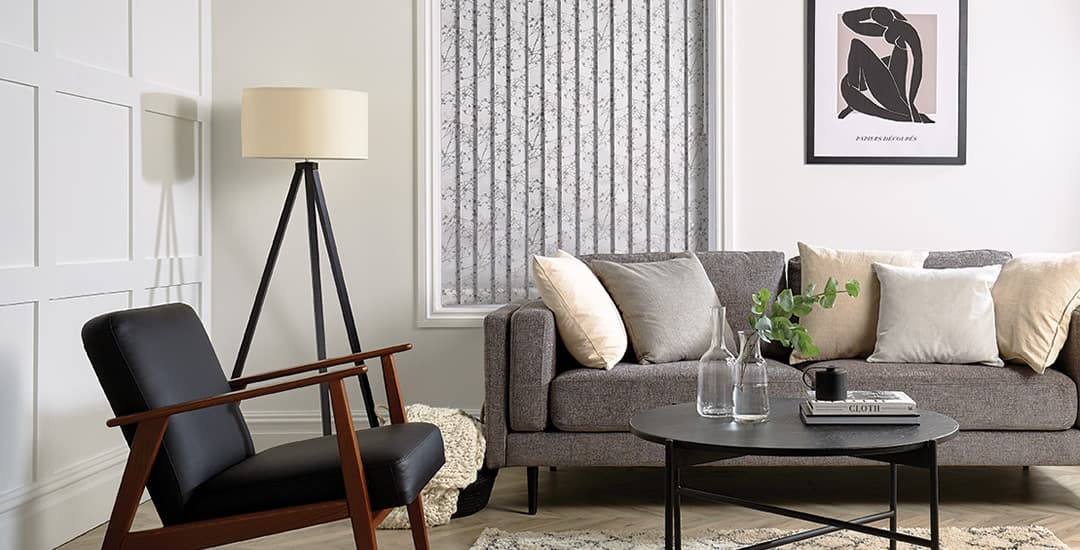
Do vertical blinds keep heat in? Yes, when your vertical blind is fully closed it will have a tangible impact on the temperature within the room, assuming that one of your greatest causes of heat loss is the windows as opposed to generally poor insulation.
If your room has particularly large windows, or say, French windows or patio doors, vertical blinds are a good choice to help to reduce heat loss via the windows, and they’re also one of the few blinds types that can be made in very large widths/lengths to fit windows of these types, so it’s a win-win!
This blog post will tell you what type of vertical blinds are best to keep heat in, and how well they compare to some other types of blinds in this respect.
Do vertical blinds keep heat in effectively during the winter?
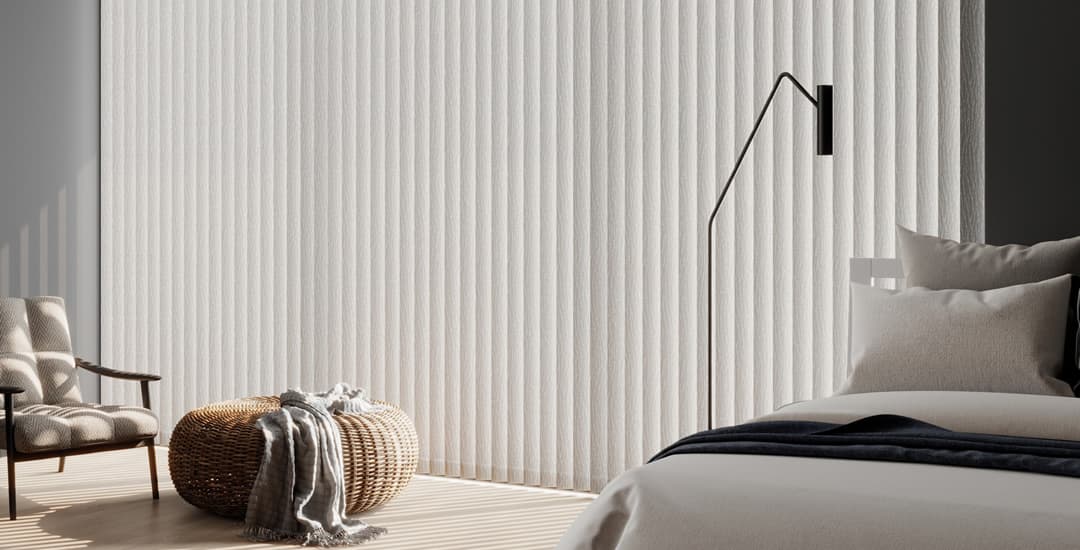
Yes, particularly if you’ve got really big windows that are keen to waste your heating spend by warming up the garden! Obviously if your windows are single-glazed and poorly fitting, there’s only so much a blind can do to counteract this; but vertical blinds are a good investment to help to keep heat in and to reduce your winter heating bills by stopping drafts and also stopping heat from escaping via the windows.
What type of vertical blinds are best to keep heat in?
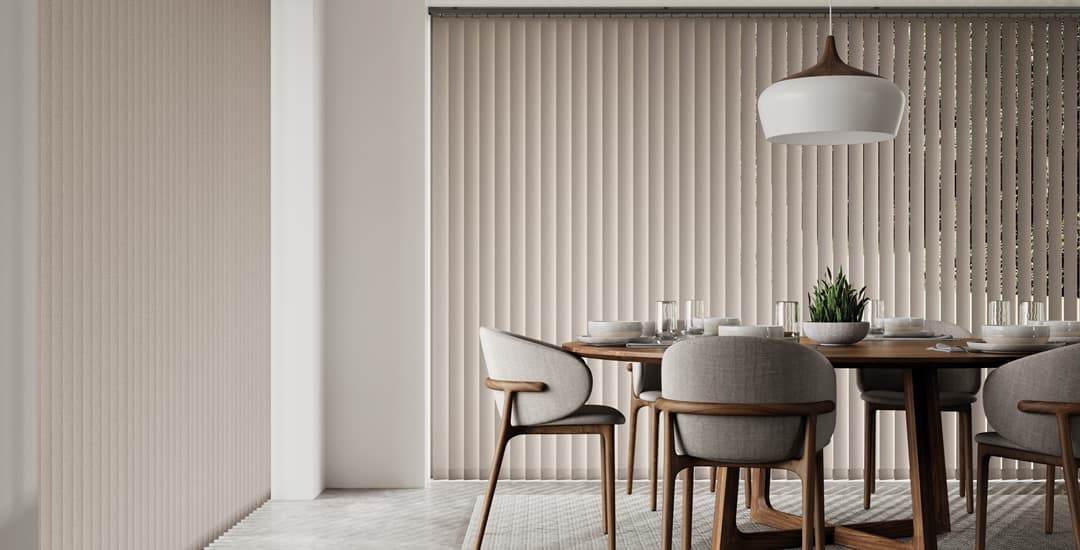
The heavier the fabric of the blind, the better – so look for good quality vertical blinds that aren’t flimsy or see through. Vertical blinds should also be made to measure if you want to maximise their insulating abilities, because this will ensure that they fit the window exactly and don’t leave any small gaps for heat to escape through; and also because readymade blinds are invariably poorer quality than made to measure too.
Aside from this, vertical blinds with a textured finish and those with a blackout lining in a thermally insulating fabric are the best choice.
How well do vertical blinds insulate compared to other types of blinds?
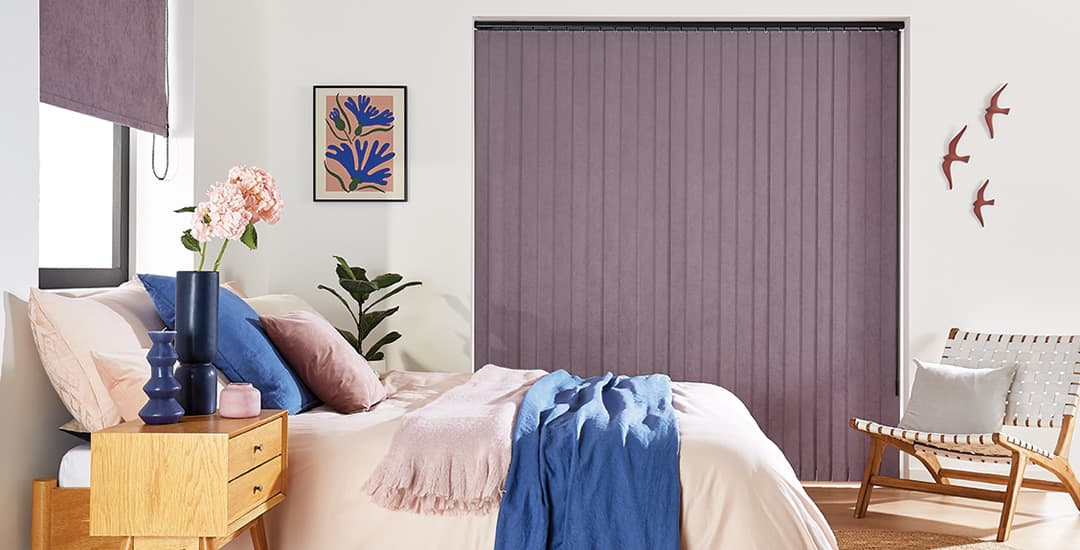
Overall, the best blind to insulate a window is a thick Roman blind with a thermally insulating lining, followed by thick thermally insulating roller blinds.
Vertical blinds made of a thick material and with a thermal lining are next on the list, and they’re not quite as effective as say, a roller blind made of the same fabric because a roller blind is made of one uninterrupted sheet of fabric while a vertical blind is made of individual louvres.
This does mean that a small amount of heat can be lost via the narrow gaps between louvres; however, they are made to overlap each other without gaps and so the effect of this will be minimal if you ensure that they’re closed flush.
A breeze from an open window behind the blind can also compromise the insulating abilities of a vertical blind, because this can cause the louvres to sway and may introduce gaps; but this won’t tend to be an issue in practice, because if you’re trying to keep heat in, you’re unlikely to have the window open to create a breeze in the first place!
Do vertical blinds keep the cold out whilst still allowing you to filter light?
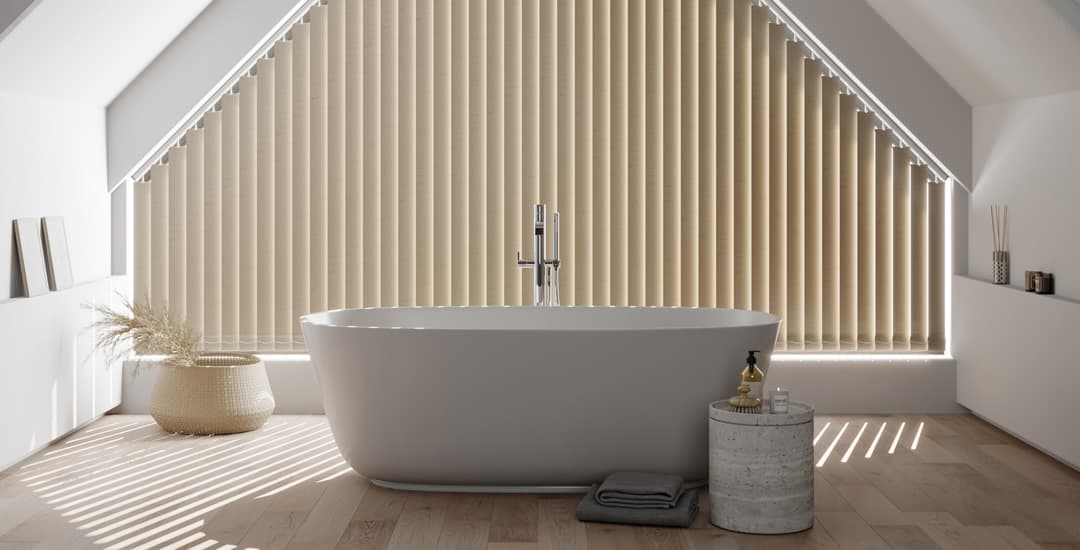
This is one area in which a vertical blind can provide better insulation than other types of blinds, including a Roman or roller blind with a thermally insulating lining. Neither Roman nor roller blinds can be used to filter light; they’re either open or closed (or halfway open/closed).
Whilst closed, a Roman or roller blind would be a more effective insulator than a vertical blind; but vertical blinds do have the advantage that you can tilt their louvres slightly to enable some light to enter the room, without fully losing the insulating benefits of the blind altogether like you would with a Roman or roller blind.




